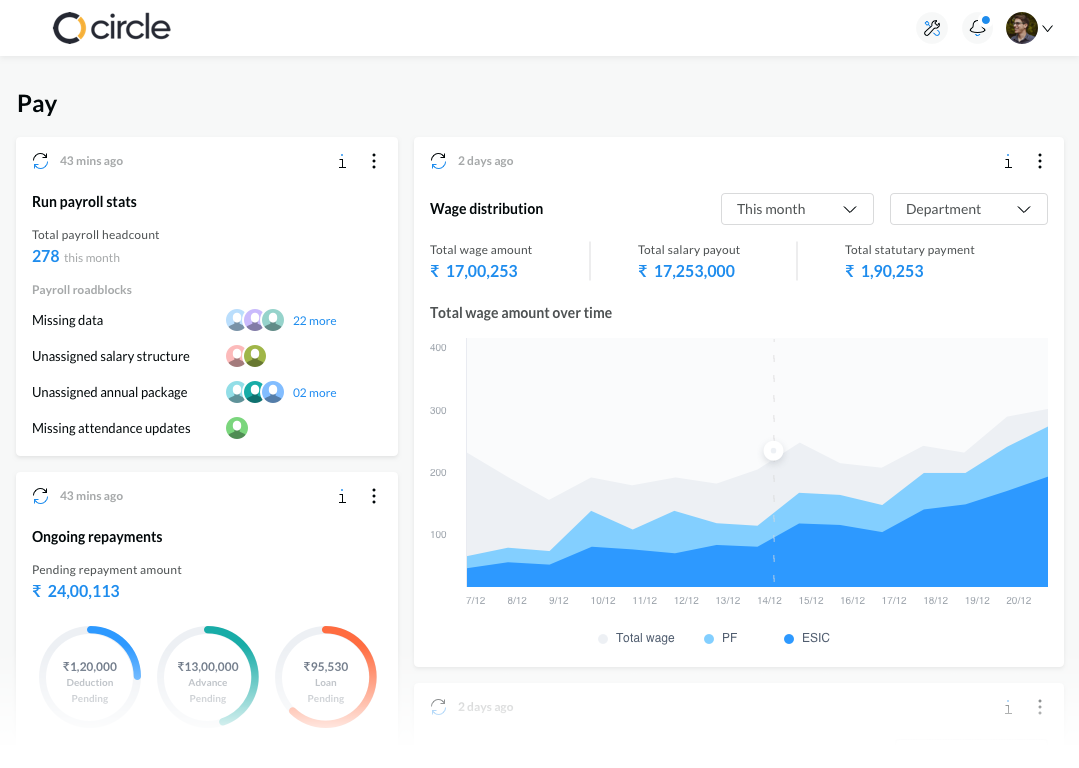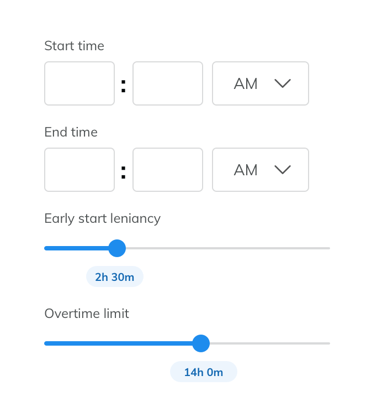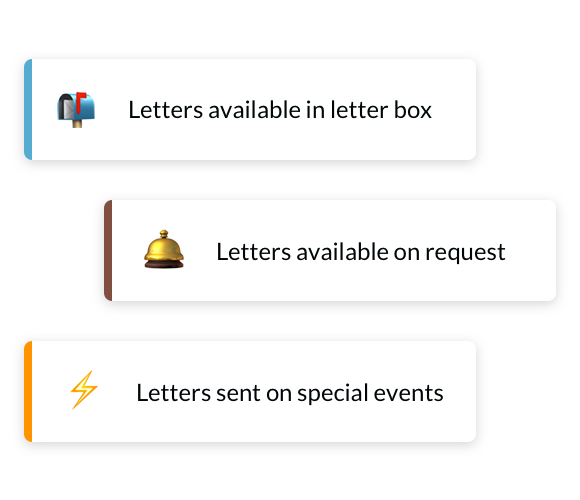- HRMS Platform
A memorable HR journey, for employees to remember
- Customers
- Pricing
- Company
Menu
A memorable HR journey, for employees to remember
IT declarations form an integral part of every company’s payroll process but most payroll teams often struggle with it. For employees, though it’s an important function they’re mostly anxious when dealing with it. This leads to employees taking hasty decisions and finance teams getting entangled in unnecessary paperwork on both ends.

Use our highly configurable policy system to track employee’s time at work, punctuality, WFH or OD requests, no-shows and automatically handle penalties or deductions arising from policy breaches, the way you want to.

However you wish to collect attendance, we’ve got ya back! Wherever your employees may be, on field (via mobile), at home (via browser) or in office (biometric fingerprint/face recognition), sync their attendance without a click. Multi-device time tracking in one attendance management software.
All of us like working from home once in a while or more. Easily enable or disable WFH and Out duty requests separately, or even set a limit for each. We understand times change, you can go back and edit the limits just in a few clicks on your attendance management software.

Punctuality benchmarks
A stitch in time, (almost) always saves nine. Therefore, we want to help you maintain punctuality at work. We make it possible for you to do it via grace hours or grace late counts. You can not only monitor but also penalize repeat latecomers.
Pay employees for over-time or give them a paid time off in return. Set the minimum threshold as well as the maximum limits. Not just that, you can distinguish between credits earned from extra-time on working day versus non-working days.
Compensatory off (comp-off)
With a growing workforce, manually tracking their compensatory offs could lead to human errors which unnecessarily affect their passion for working harder than others. Configure smart comp-off rules and toss human errors out of the window.
Absenteeism rules
To help you discover the right letters and also for better structure to your letter library, we have categorized letters based on most commonly observed industry requirements. What’s more, you can create your own categorization too!
If your jobs require a stipulated amount of time to be spent at the office or in the factory, here’s a handy option for you. Set daily or weekly minimums for time-at-work, and decide penalties (if any) for not meeting expectations.
Making attendance rules and introducing penalties sound easy, but executing them on-the-fly can be tricky. We give you the flexibility to schedule policy execution (month-end or custom dates) and give your employees time to make adjustments.
If your situation demands, allow employees to send out single or multi-day requests for out-duty or work-from-home in advance, based on their travel or work plans. Remote working is gaining ground, why tie yourselves down to a desk.
Find the totality of attendance related information on a single page. Have a compartmentalised view of in / out timings, overtime, break duration and everything else you need. Download the data in click of a button, not two!
If your situation demands, allow employees to send out single or multi-day requests for out-duty or work-from-home in advance, based on their travel or work plans. Remote working is gaining ground, why tie yourselves down to a desk.
Sometimes, you’re in demand and then sometimes your company’s attendance logs are in demand, aren’t they? Download attendance logs, wholesale and you can even bulk import for one or many employees, whenever you want.
Up next
Take your first step towards bringing happiness in your HR! Our customer team will guide you.